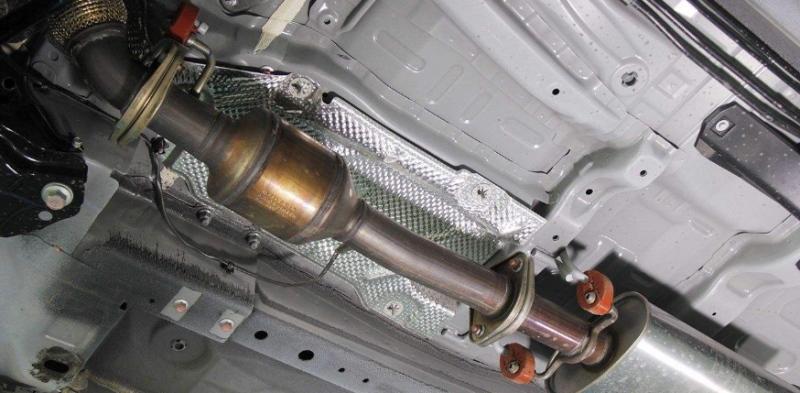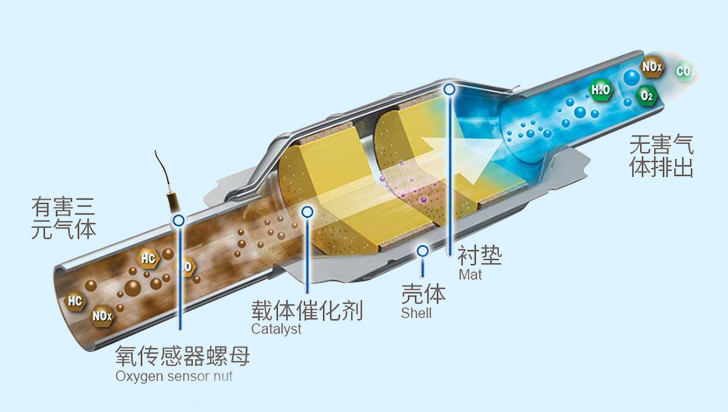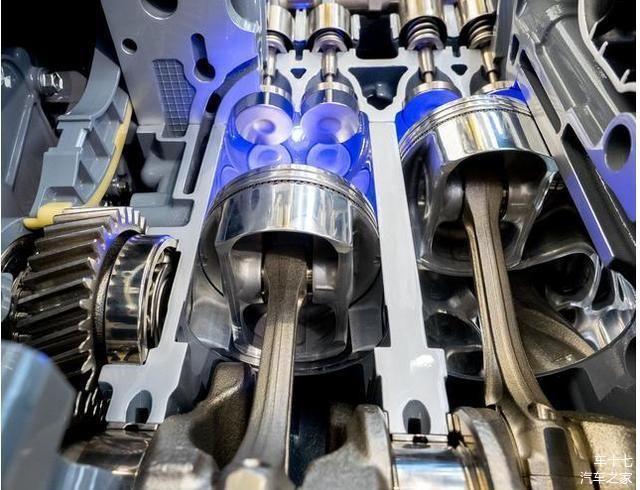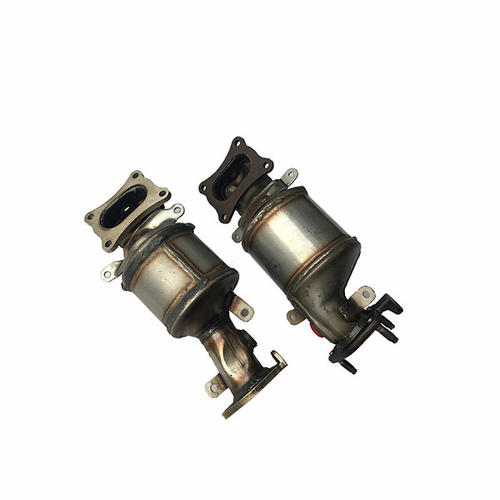An important external purification device installed in the exhaust system of a car. It can convert harmful gases such as CO, carbon monoxide, HC hydrocarbons, and NOx nitrogen oxides discharged from car exhaust into harmless carbon dioxide, water and nitrogen oxides through oxidation and reduction. Nitrogen.
Because this kind of catalyst can simultaneously convert the three main harmful substances in the exhaust gas into harmless substances, it is called ternary.
The reasons for the failure of the three-way catalytic converter:
1. The temperature is too high

Under normal temperature, the three-way catalytic converter does not have the catalytic ability, and the catalyst must be heated to a certain temperature to have the ability to oxidize or reduce. The light-off temperature of the catalytic converter is usually 250-350℃, and the normal working temperature is generally 350-700℃. .
Catalytic converter will produce a large amount of self-weight when it works, and the higher the oxidation temperature, when the temperature exceeds 850-1000℃, the catalyst in the inner coating is likely to fall off and the carrier is broken.
Therefore, attention must be paid to controlling the various factors that cause the exhaust temperature to rise, such as too late ignition time or disordered ignition sequence, misfire, etc., which will cause the unburned mixture to enter the catalytic reactor, causing the exhaust temperature to be too high and affecting The performance of the catalytic converter.
2. Exhaust deterioration

The catalytic converter has a certain limit on the conversion ability of pollutants, so the original exhaust must be reduced to a low level through in-flight purification technology.
If the concentration and total amount of each component of the exhaust gas pollutants emitted are too large, such as the mixed gas is too thick, it will affect the catalytic conversion capacity of the catalyst and reduce its conversion efficiency.
In addition, since a large amount of HC and CO in the exhaust gas enter the catalytic reactor, an excessive oxidation reaction will occur in it. The oxidation reaction generates a large amount of heat which will cause the catalytic reactor to become too hot and damage it.
3. Chronic poisoning
The catalyst is very sensitive to sulfur, lead, phosphorus, zinc and other elements. Sulfur and lead come from gasoline, and phosphorus and zinc come from lubricating oil. These four substances and their combustion in the engine to form oxide particles are easily adsorbed on the catalyst. The surface prevents the catalyst from contacting the exhaust gas, thus losing its catalytic effect, which is the so-called "poisoning" phenomenon.
4. Oxygen sensor circuit failure

In order to achieve a good exhaust gas catalytic rate, it is necessary to install an oxygen sensor in the engine exhaust pipe and realize closed-loop control. Its working principle is that the oxygen sensor converts the measured oxygen concentration in the exhaust gas into an electrical signal and sends it to the ECU to make the engine The air-fuel ratio is controlled in a narrow, close to ideal area.
If the air-fuel ratio is large, although the conversion rate of CO and HC is slightly increased, the conversion rate of NOx drops sharply to 20%. Therefore, it is necessary to ensure a good air-fuel ratio. To achieve a good air-fuel ratio, the key is to ensure that the oxygen sensor works normally . If the fuel contains lead and silicon, the oxygen sensor will be poisoned.
In addition, improper use can cause carbon deposits in the oxygen sensor, ceramic fragmentation, heater resistance wire burnout, and internal wiring disconnection. The failure of the oxygen sensor will cause the air-fuel ratio to be inaccurate, the exhaust gas condition will deteriorate, the efficiency of the catalytic converter will be reduced, and the service life of the catalytic converter will be reduced for a long time.
5. Surface area carbon
When the car is working at low temperature for a long time, the three-way catalytic converter cannot be started, and the soot discharged from the engine will adhere to the surface of the catalyst, making it impossible to contact with CO and HC. After a long time, it will block the pores of the carrier and affect its conversion efficiency. .

6. Does not match the engine
Even if it is the same engine, the same three-way catalytic converter, and different models, the engine’s usual working range will be different, the exhaust conditions will change, and the location of the three-way catalytic converter will be different.
This will affect the catalytic conversion effect of the three-way catalytic converter. Therefore, different vehicles should use different three-way catalytic converters.
maintenance method
The maintenance period of the three-way catalytic converter should not be too long. Generally, you have to go to a 4S shop or a regular repair shop for cleaning and maintenance. If you pay more attention to the car, you can maintain the performance of the car and reduce the harmful substances in the exhaust.




